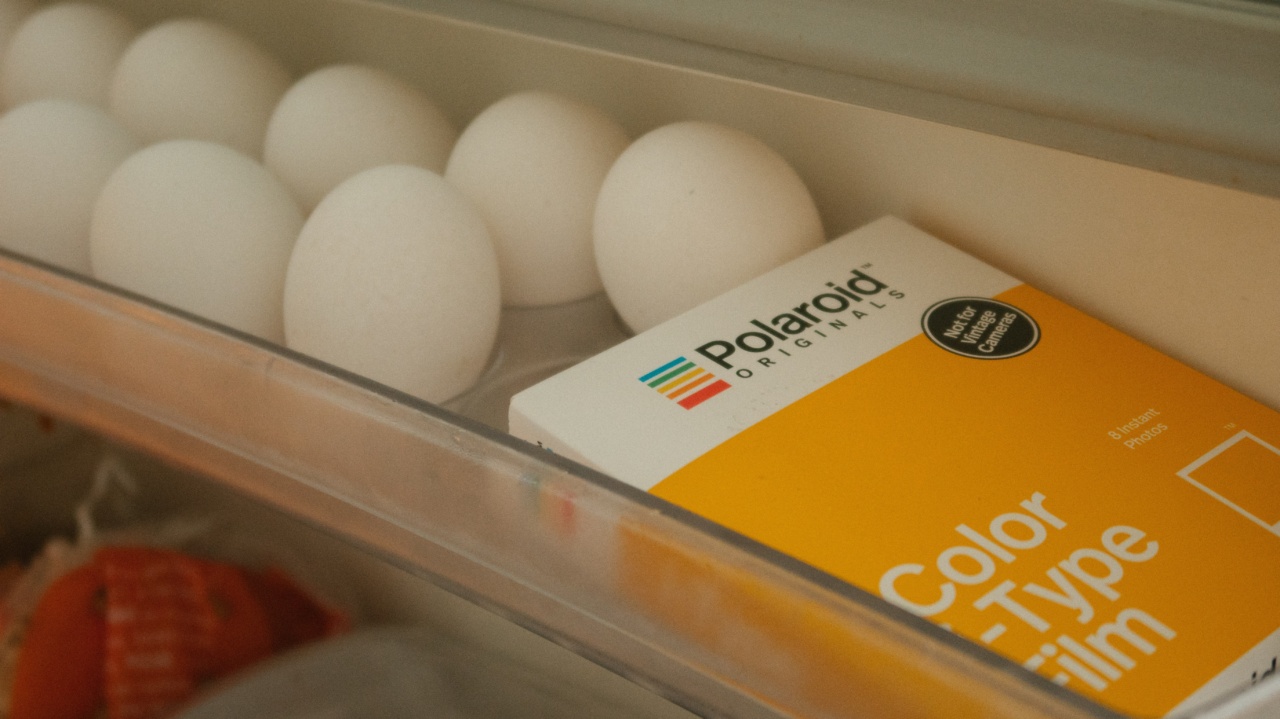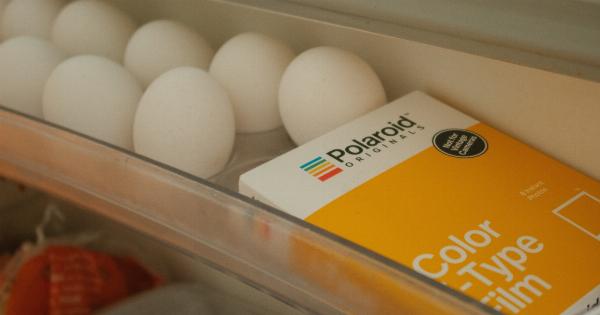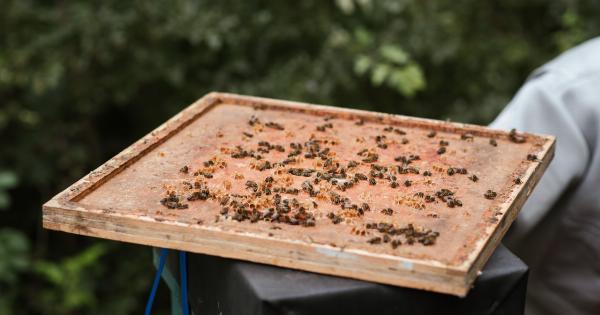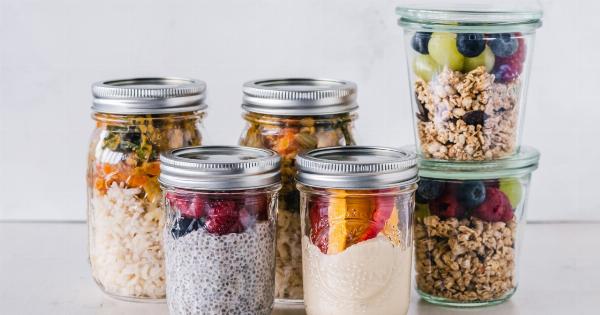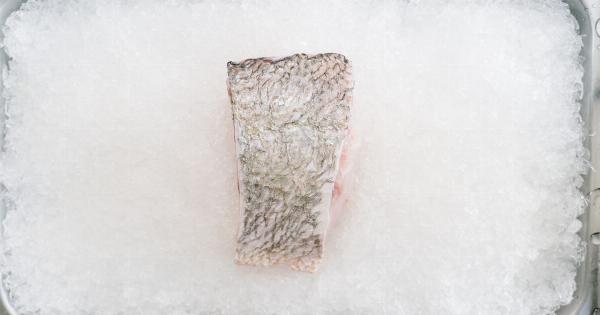Keeping your refrigerator organized is not only visually appealing but also essential for maintaining the freshness and quality of your food.
A well-organized fridge can help you reduce wastage, save money, and ensure that your ingredients are readily available when you need them. In this article, we will explore ten practical fridge organization hacks that will help you maximize space, improve airflow, and extend the shelf life of your groceries.
1. Group Similar Items Together
Start by grouping similar items together to make it easier to find what you need. Keep fruits together, vegetables in a separate drawer, dairy products on one shelf, condiments on another, and so on.
This not only saves time but also prevents cross-contamination and helps you identify when you need to restock specific items.
2. Utilize Clear Containers
Investing in clear containers or bins can work wonders for fridge organization. Use these containers to store loose items such as salad dressings, sauces, or small jars. These not only keep your fridge tidy but also make it easier to see what you have.
Labeling the containers can further enhance organization.
3. Optimize Shelf Space
Make the most of your fridge’s shelf space by adjusting them to accommodate different-sized items. Tall shelves are perfect for storing bottles and jars, while shorter shelves can be used for cans and smaller containers.
Consider using shelf extenders or extra shelves to increase storage capacity and avoid wasting vertical space.
4. Use Lazy Susans
A lazy susan can be a game-changer when it comes to keeping your fridge organized. Place one in your fridge’s corner to store items like pickles, olives, or jars of condiments.
With a simple spin, you can easily access whatever you need without having to move other items around.
5. Label and Date Your Food
Labeling and dating your food not only helps you keep track of what needs to be consumed first but also avoids any confusion or wastage. Use labels or masking tape to mark the date of food items.
This practice ensures that you prioritize consuming the oldest items first, reducing food waste and the chances of consuming spoiled food.
6. Keep Raw Meat Separated
When storing raw meat, it’s crucial to keep it separate from other food items to prevent cross-contamination. Place raw meat products in sealed containers or on the lowermost shelf to avoid any potential leaks or drips onto other foods.
This simple step helps maintain food safety and prevents the spread of harmful bacteria.
7. Utilize Fridge Door Space Efficiently
The door shelves of a fridge are ideal for storing items such as condiments, jars of pickles, juice containers, and butter. However, it’s important not to overcrowd these shelves as they are subject to frequent temperature changes.
An overcrowded door can lead to inconsistent cooling and a shorter shelf life for some perishable items.
8. Create a Leftovers Section
Designate a specific area in your fridge for leftovers. This makes it easier to find and consume them before they spoil. Clear containers work well for storing leftovers as they allow you to see what’s inside and remind you to use them promptly.
Labeling the containers with the date can be helpful, too.
9. Store Delicate Produce Properly
Some fruits and vegetables are more delicate and require special care to maintain freshness. For instance, leafy greens should be stored in a plastic bag with some air holes to prevent wilting.
Berries can be stored in the original containers or in a moisture-absorbent container lined with paper towels to extend their shelf life.
10. Clean and Declutter Regularly
Lastly, maintaining an organized fridge requires regular cleaning and decluttering. Wipe down surfaces, remove expired items, and check for any spills or leaks that could lead to bacterial growth or unpleasant odors.
By staying on top of cleaning, you create a healthier and more appealing environment for your food.
Conclusion
Implementing these fridge organization hacks can significantly improve the freshness and longevity of your food.
By grouping similar items together, utilizing clear containers, optimizing shelf space, using lazy susans, labeling and dating food, keeping raw meat separated, utilizing fridge door space efficiently, creating a leftovers section, storing delicate produce properly, and cleaning regularly, you’ll establish a well-organized fridge that saves you time, money, and minimizes food wastage.
